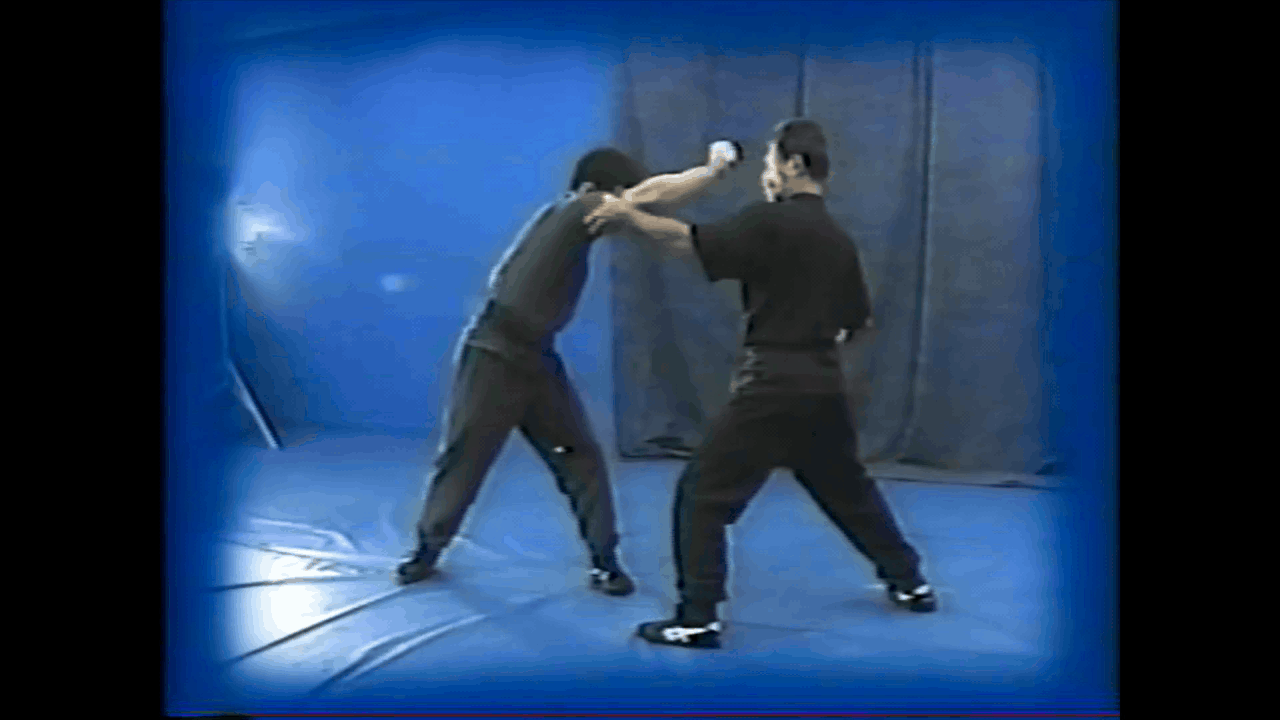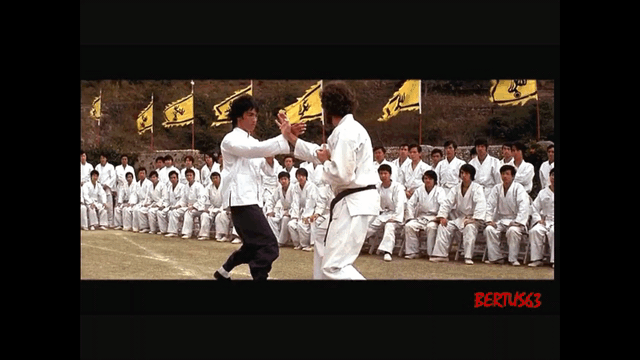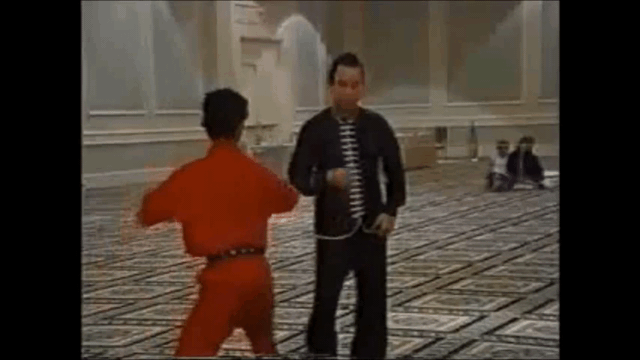I think incorrect distance and timing of one-steps at the beginner level can be okay, so long as it's ironed out in the later belts (i.e. a year or two after starting)...
I also think some level of timing or distancing is going to be off in an instructional demonstration (and maybe formal test) compared to training. I see this in Muay Thai and BJJ as well. For example, in BJJ, often the uke will have an odd pose, so that the students can actually see the grip that Professor is talking about.
Our Muay Thai drills are typically combinations of 3-5 techniques against an opponent that is defending, but not countering. How are these drills different from one-steps in which the defender does multiple techniques without the attacker countering?
It's one thing if beginners have incorrect timing and distancing because they are beginners. That can be fixed fairly easily (and in less than a year).
It's another thing if they are being deliberately taught to use incorrect distancing. That will take a lot more work to unlearn and fix. What's more, it won't just be the distancing they have to fix. When you change the distancing, you change the timing, footwork, angles, body alignment, available techniques, emotional intensity, and more....
The simplified answer is that when the opponent defends, they are using their moves. In KFW's terms, the person throwing the combo and the person defending get the same number of moves - it's just that one person is using their moves to punch or kick while the other person is using their moves to block/parry, cover/etc.
Don’t know how to post well yet. KFW may have repeated an excerpt from my post, from a couple days prior, on a forum we both visit. Here is my note on “Principle of Action and Reaction” and timing:
"Principle of Action and Reaction — For every action, there is a reaction. Every time you take a step, the attacker gets to take a step. You want your technical ability to stand alone,
not relying on being faster or physically stronger than your opponent. For example, you don’t want to rely on doing five actions to the attacker’s one action. (Knowledge, understanding and skill helps in working within this principle.)"
"Timing is the skill of executing a move at the right time. What is the “right time”? It’s the time at which the move can be the most effective.
Some moves work without timing, providing you have a strength advantage or leverage, or both. If your opponent is standing square on his feet, poised and ready with good balance, you may be able to lift him and throw him anyway if you are much stronger. No timing involved. You will however spend a lot of energy, and your chances of getting countered are very high, especially if your opponent is skilled.
Whenever you do a move, you want to think about the right time to do it. Figure out the right timing.
The proper timing requires the following conditions to be true:
1. Your opponent moves into the (weak) position you anticipated, the way you anticipated;
2. You are in the right place to do the technique;
3. Your position allows you to perform the technique; and
4. You know how to perform the technique.
If these 4 conditions above are met, you can execute the technique with
good timing.
#4 is your technical skill.
#1-3 have to do with predicting the future: You need to know where your opponent is going to be ahead of time, so you can put yourself in the right spot and position yourself in such a way that when the opponent gets into the weak position, you are ready to attack.
Some people think of timing in terms of fast reaction time: you see a weakness and you attack it right away before your opponent gets a chance to make himself secure.
This is a shortsighted approach and will only work if the opponent remains in a weak position for a long time. It happens, especially in groundwork where people can spend several seconds or even minutes in weak positions because they don’t realize they are exposed. Standing, timing is far more difficult to achieve as people, even beginners, move and constantly shift their balance.
Fast reaction times will only do so much. To have good timing, you need to predict your opponent’s position and movement several seconds in advance."
A couple drills I believe follow the above principles and address some of the subjects (e.g., controlling space, distance, timing, etc.) discussed in this thread—which I can go over in more detail and relate to "one step", but this post may already be too long.
George Hickman (owner/coach) of Bangtao Muay Thai & MMA:
“Start at MMA distance where the opponent has to bridge…. In this modern day and age if I just go to shoot a double leg, he’s going to see it coming from a mile away….
Controlling the distance knuckle to knuckle is very, very important. Because, he can just counter me. So, I need to feint or fake to make my opponent put his hands up….The opponent may just step back. So, I need to
shuffle step to bridge the distance....”
Dynamic Striking
Oct 28, 2020
This fight training video explains setting traps to counter the lead hook.




